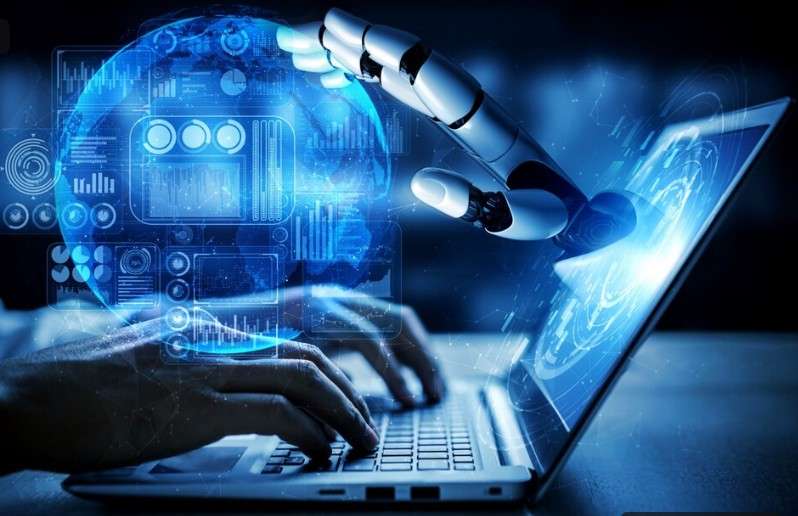How Technology is Reshaping the Future of Work

Technology has always influenced the way people work, but in recent years, the pace of change has accelerated dramatically. Innovations in artificial intelligence (AI), cloud computing, automation, and remote work tools are transforming industries, redefining job roles, and shaping the future of work. This blog post explores how technology is reshaping the workforce, the opportunities it presents, and the challenges businesses and workers must navigate.
1. The Rise of Remote and Hybrid Work
Advancements in digital communication tools have made remote and hybrid work models the new norm. Cloud-based platforms like Zoom, Slack, and Microsoft Teams allow teams to collaborate seamlessly from different locations. Businesses are increasingly embracing remote work due to:
- CostEffficiency: Companies save on office space and utilities.
- IncreasedProductivity: Studies show that remote workers often perform better due to fewer workplace distractions.
- Access to Global Talent: Businesses can hire skilled professionals from anywhere in the world.
However, challenges such as cybersecurity risks, employee engagement, and maintaining company culture remain key considerations.
2. Automation and AI in the Workplace
Artificial intelligence and automation are reshaping job functions, making processes faster and more efficient. Some key areas of impact include:
- AI-Powered Assistants: Chatbots and virtual assistants handle customer inquiries and administrative tasks.
- Data Analysis: AI helps businesses process large datasets, improving decision-making.
- Manufacturing and Robotics: Automated productionlines reduce errors and increase output.
While automation improves efficiency, it also raises concerns about job displacement. The key to addressing this challenge is reskilling and upskilling the workforce.
3. Cybersecurity: A Growing Priority
As businesses rely more on digital infrastructure, cybersecurity threats have increased. Organizations must adopt strong security measures to protect data and prevent cyberattacks. Key trends in cybersecurity include:
- Zero-Trust Security Models: A strict verification approach to prevent unauthorized
- AI-Driven Threat Detection: Machine learning algorithms identify and mitigate security risks.
- Blockchain for Security: Decentralized systems improve data integrity and transparency.
Businesses and employees must remain vigilant and adopt cybersecurity best practices to safeguard sensitive information.
4.The Gig Economy and Digital Entrepreneurship
Technology has made it easier for individuals to work independently, giving rise to the gig economy and digital entrepreneurship. Platforms like Upwork, Fiverr, and Shopify empower professionals to offer freelance services or start online businesses. Benefits of this shift include:
- Flexibility:Workers can choose projects that align with their skills and
interests.
- Diverse Income Streams: Digital tools enable multiple sources of income.
- Lower Barriers to Entry: Anyone with internet access can start a business or provide services.
However, challenges such as job stability, lack of benefits, and income inconsistency remain concerns for gig workers.
5. The Future of Work: What’s Next?
Looking ahead, several key trends will define the future of work:
- AI and Human Collaboration: AI will assist rather than replace workers, enabling them to focus on strategic tasks.
- Metaverse and Virtual Workspaces: Companies may adopt virtual reality (VR) and augmented reality (AR) for immersive work
- Sustainable Tech Practices: Businesses will prioritize green technology solutions to reduce their environmental impact.
Conclusion
Technology is redefining how, where, and when we work. While innovation brings opportunities, it also presents challenges that require adaptation. Workers and businesses that embrace digital transformation, continuous learning, and cybersecurity will thrive in this evolving landscape. The future of work is not about humans versus machines—it’s about leveraging technology to create smarter, more efficient, and fulfilling work environments.



